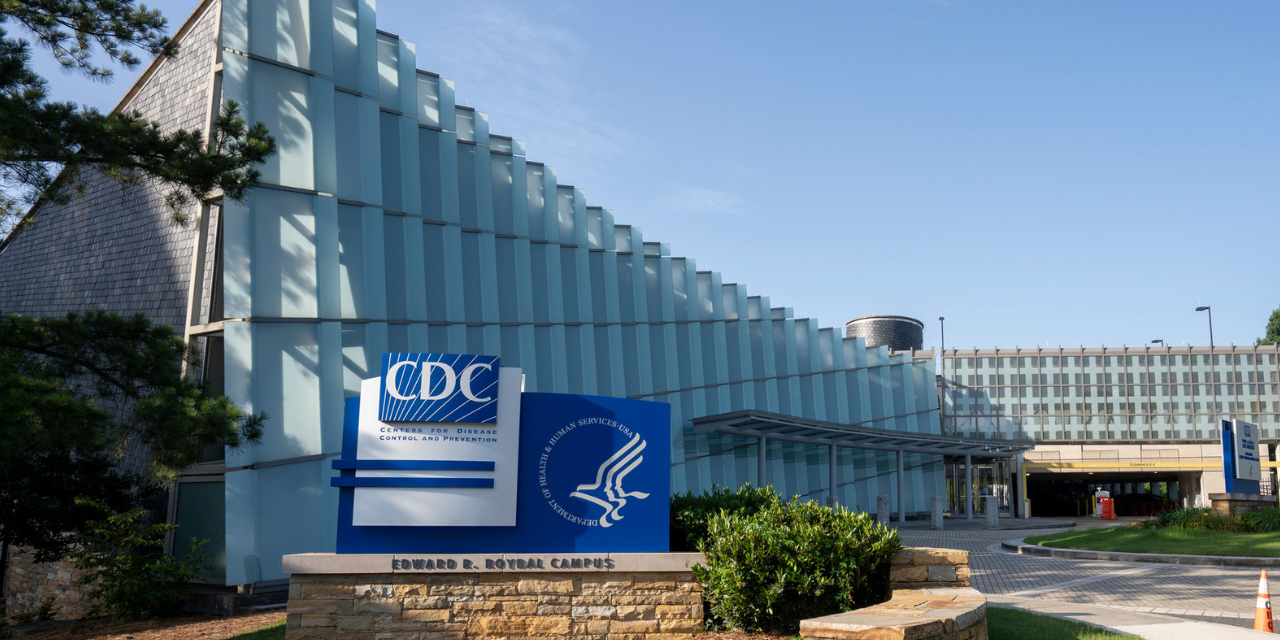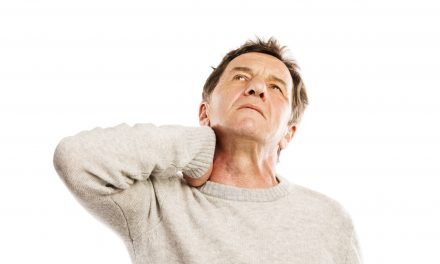
CDC RECOMMENDATIONS TOUT SPINAL MANIPULATION FOR PAIN RELIEF

On November 4, 2022, the Centers for Disease Control (CDC) updated its Clinical Practice Guideline for Prescribing Opioids for Pain and recommends noninvasive nonpharmacologic approaches for acute pain management. The updated guideline recommends clinicians providing pain care, including those prescribing opioids, and includes recommendations for managing acute, subacute, and chronic pain.
CDC developed the guideline using the Grading of Recommendations Assessment, Development, and Evaluation (GRADE) framework. Recommendations are based on systematic scientific evidence reviews and reflect benefits and harm considerations, patient and clinician values and preferences, and resource allocation.
The findings of the studies, and the recommendations of the CDC, mirror the rationale used by the Illinois Chiropractic Society in its recent efforts to include additional chiropractic services under medical coverages of insurers, Medicare, and Medicaid.
ADVANTAGES OF NATURAL APPROACHES
The guideline states that “Noninvasive nonpharmacologic approaches to acute pain have the potential to improve pain and function without risk for serious harms (10). Clinical evidence reviews found that some nonpharmacologic treatments were likely effective for acute pain, such as heat therapy for acute low back pain; several others might be effective for specific acute pain conditions, such as spinal manipulation for acute back pain with radiculopathy, a cervical collar or exercise for acute neck pain with radiculopathy, acupressure for acute musculoskeletal pain, massage for postoperative pain (10), and remote electrical neuromodulation for acute pain related to episodic migraine (11)”.
The CDC also cited the American College of Physicians (ACP) recommendation that states “nonpharmacologic treatment with superficial heat, massage, acupuncture, or spinal manipulation as a cornerstone of treatment for acute low back pain (119). ACP and the American Academy of Family Physicians (AAFP) suggest acupressure to improve pain and function and transcutaneous electrical nerve stimulation to reduce pain in patients with acute musculoskeletal injuries (120)”.
LACK OF INSURANCE COVERAGE IS A BARRIER
The CDC guideline highlights the problem that some nonpharmacologic therapies are not always covered by insurance carriers, pointing out the Opioid Workgroup (OWG) recommendations under the Board of Scientific Counselors of the National Center for Injury Prevention and Control. “Despite evidence supporting their use, noninvasive nonpharmacologic therapies are not always or fully covered by insurance (43), and access and cost can be barriers, particularly for persons who are uninsured, have limited income, have transportation challenges, or live in rural areas where treatments are not available (121). Experts from OWG expressed concern about limited access to nonopioid pain management modalities, in part because of lack of availability or lack of coverage by payers, and emphasized improving access to nonopioid pain management modalities as a priority. Health insurers and health systems can contribute to improved pain management and reduced medication use by increasing access to noninvasive nonpharmacologic therapies with evidence of effectiveness (9,43). Noninvasive nonpharmacologic approaches should be used as appropriate to alleviate acute pain, including ice and elevation to reduce swelling and discomfort from musculoskeletal injuries, heat to alleviate low back pain, and other modalities depending on the cause of the acute pain”.
The CDC succinctly included this significant provision in its recommendation, stating that “Health insurers and health systems can improve pain management and reduce medication use and associated risks by increasing reimbursement for and access to noninvasive nonpharmacologic therapies with evidence for effectiveness” and concluded with “Public and private payers can support a broader array of nonpharmacologic interventions such as exercise, multidisciplinary rehabilitation, mind-body interventions, cognitive behavioral therapy, and certain complementary and integrative medicine therapies (e.g., acupuncture and spinal manipulation) that increasingly are known to be effective (9). Reimbursement often is cited as a principle barrier to why these nonpharmacologic treatments are not more widely used (9)” [emphasis added].
OPIOIDS DO NOT TREAT THE PROBLEM
In the guideline, the CDC questioned the long-term effectiveness of prescribing opioids for pain relief, stating, “Evidence exists that multiple noninvasive nonpharmacologic interventions improve chronic pain and function, with small to moderate effects in specific pain conditions, and are not associated with serious harms. Compared with medication treatment, for which benefits are anticipated while patients are taking the medication but are not usually expected to persist after patients stop taking the medication, multiple noninvasive nonpharmacologic interventions are associated with improvements in pain, function, or both that are sustained after completion of treatment (9)”.
WHAT DOES IT ALL MEAN?
Having the Centers for Disease Control make such clear recommendations and guidelines is a big step in the right direction. Although we know and the research supports the importance of chiropractic and manipulation, it is encouraging that the CDC understands its importance for patients. Key highlights from the study include these crucial statements:
- “nonpharmacologic approaches to acute pain have the potential to improve pain and function without risk for serious harms.”
- “spinal manipulation as a cornerstone of treatment for acute low back pain”
- “Reimbursement often is cited as a principle barrier to why these nonpharmacologic treatments are not more widely used.”
- “Health insurers and health systems can improve pain management and reduce medication use and associated risks by increasing reimbursement for and access to noninvasive nonpharmacologic therapies with evidence for effectiveness.”
- “medication treatment, for which benefits are anticipated while patients are taking the medication but are not usually expected to persist after patients stop taking the medication.”
- “multiple noninvasive nonpharmacologic interventions are associated with improvements in pain, function, or both that are sustained after completion of treatment.”
The ICS will continue to share this information with insurers, chiropractic physicians, state policy-makers, and federal officials.

















